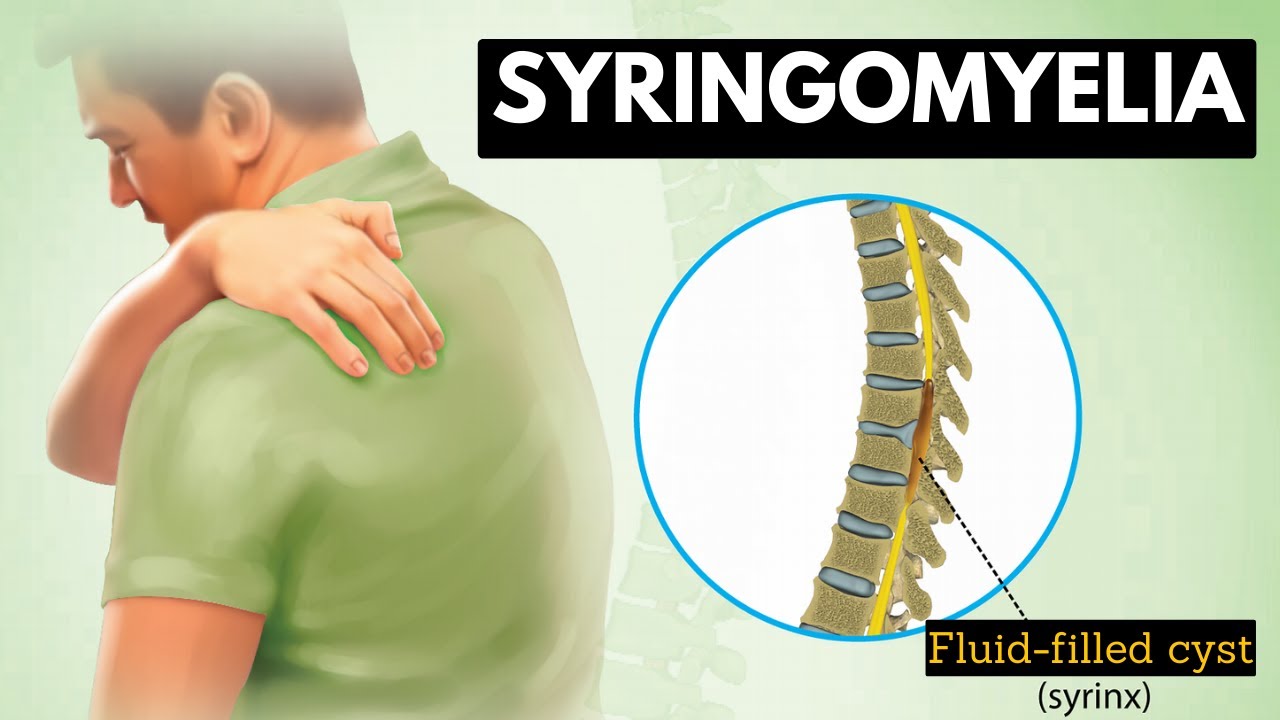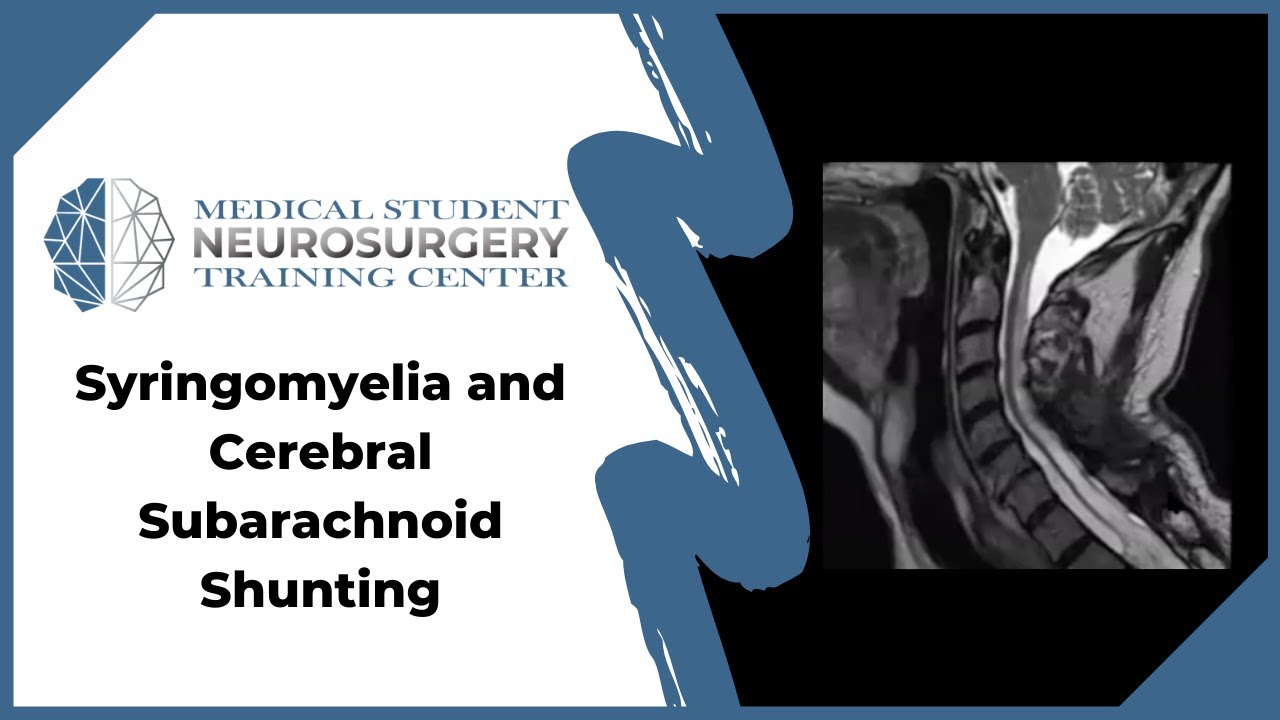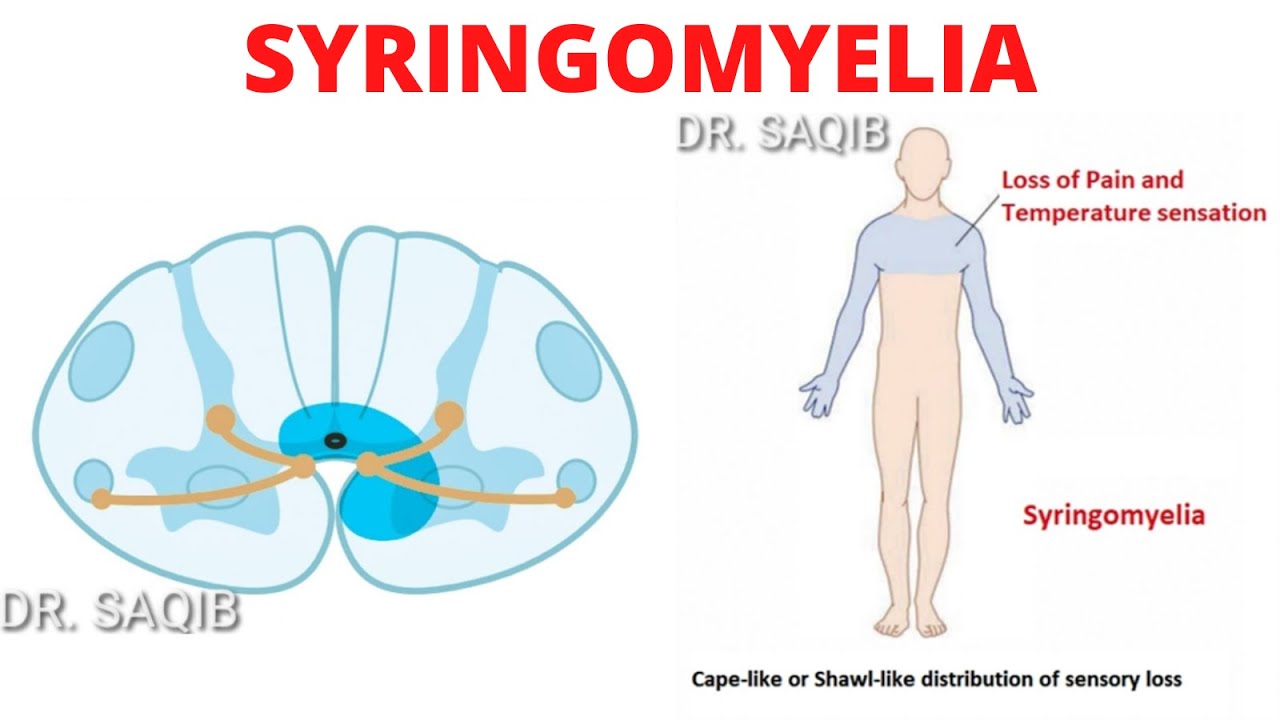Syringomyelia, a neurological disorder that can turn life upside down, is an issue many have yet to fully understand. It’s characterized by a fluid-filled cyst, or syrinx, forming within the spinal cord. This condition isn’t just about chronic pain; it brings a mix of symptoms like weakness and numbness, often making even the simplest tasks feel monumental. As we dive into the challenges and insights surrounding syringomyelia, we’re also going to empower you with management strategies that can help regain control over your life and health.

Key Insights into Syringomyelia: Symptoms and Diagnosis
If you or someone you know suspects syringomyelia, recognizing the signs is critical. Prominent symptoms include:
Diagnostic procedures often involve advanced imaging techniques like MRI scans. These scans allow healthcare professionals to visualize the syrinx’s size and location, providing clarity amid confusion. Early diagnosis is crucial because it can mean the difference between dealing with limited mobility or living life to the fullest.

Top 6 Management Strategies for Syringomyelia
When it comes to managing syringomyelia, having a solid game plan in place is your best bet. Here are six primary strategies to consider:
1. Surgical Interventions: Decompression and Shunt Placement
Surgical solutions rank at the top of this list for a reason. Procedures like decompression surgery can relieve pressure on the spinal cord by draining excess cerebrospinal fluid. For example, Chiari malformation treatment has significantly helped reduce syrinx size, restoring mobility and reducing pain.
2. Physical Therapy
Don’t underestimate the importance of physical therapy. Tailored exercises, using tools like TRX bands or resistance machines, can fortify muscles weakened by syringomyelia and improve overall coordination. Regular physical therapy sessions can transform your daily life, turning frustration into triumph.
3. Pharmacological Approaches
Medications play a crucial role in managing pain and uncomfortable symptoms. Non-steroidal anti-inflammatory drugs (NSAIDs), muscle relaxants, and even Gabapentin, which has shown effectiveness in treating neuropathic pain, are frequently utilized. Discussing your options with a healthcare provider is key for an effective medication plan.
4. Lifestyle Modifications
Making lifestyle changes can yield significant results. Low-impact exercises, such as swimming or simply taking a brisk walk, can improve your symptoms. Coupling exercise with a nutritious diet rich in antioxidants can further elevate your condition, linking diet with neurological health.
5. Custom Bracing and Assistive Devices
For some individuals managing syringomyelia, orthopedic braces and assistive devices can greatly improve mobility. Companies like AFO specialize in these solutions, essential for those experiencing motor function decline.
6. Patient Education and Support Groups
Knowledge is indeed power. Engaging with support groups, like the Syringomyelia Alliance Project (SAP), equips you with both emotional and informational fortitude. The shared experiences of others can provide light in difficult times and reveal effective management techniques that make daily living easier.

The Interrelationship Between Syringomyelia and Associated Conditions: Arthrogryposis and Pheochromocytoma
Syringomyelia doesn’t always play solo; it often comes along with other complex conditions like arthrogryposis, characterized by joint contractures. Managing these comorbid conditions can overlap, offering a well-rounded approach to treatment. Additionally, watch for pheochromocytoma—a rare adrenal gland tumor that can mimic other symptoms.
Understanding these relationships helps healthcare providers tailor their treatment strategies more effectively. By recognizing overlapping symptoms and treatments, patients can navigate their health journey with confidence, no matter how complex it may seem.

Exploring Rhabdomyolysis Symptoms in Syringomyelia Patients
Rhabdomyolysis might be an unexpected chapter for those living with syringomyelia. This muscle breakdown can be severe, so spotting early symptoms like muscle pain, weakness, or dark urine is critical. Timely intervention can prevent kidney complications that could arise if issues are allowed to escalate.
A thorough analysis of lab findings and history is vital to catch this condition early. In severe cases, nephrostomy tubes may be necessary to manage kidney issues, so understanding associated risks and acting quickly can make all the difference in your outcome.

Surgical Considerations: Oophorectomy’s Role in Complex Cases
For complex cases where syringomyelia intersects with women’s health issues, a surgical oophorectomy may be on the table. This procedure, involving the removal of one or both ovaries, can alleviate conditions like endometriosis that exacerbate symptoms in women. Coordinating with a multidisciplinary team ensures that all health aspects are addressed from a comprehensive standpoint.
Navigating the Future of Syringomyelia Management
As we charge into 2026, the landscape of syringomyelia management continues to evolve. Innovations in medical technology and a growing focus on personalized medicine offer promising pathways. With treatment approaches being fine-tuned to cater to individual needs, the future looks bright.
Advances in research provide hope that we can demystify syringomyelia further. By integrating lifestyle adjustments, surgical solutions, and the power of education, the medical community strives to offer those affected a clearer road ahead. With determination and the right strategy in your arsenal, you can conquer the challenges of syringomyelia and pave your way to improved health and vibrant living. Remember, you have the strength within you—tap into it and rise above!
For more impactful health insights and strategies, don’t forget to check out our articles on related topics such as dandruff treatment and find a local nephrologist or cardiology specialist when needed. Your journey to better health starts now!
Syringomyelia: Fun Trivia and Interesting Facts
What Is Syringomyelia?
Syringomyelia is a neurological condition where a fluid-filled cyst, known as a syrinx, forms within the spinal cord. This can lead to a range of symptoms, from pain and weakness to sensory impairments. Did you know that this rare condition affects only approximately 8 in every 100,000 people? That’s less common than an Irish Women film fest attendee picking up a famous role! Believe it or not, this condition was first described in the 18th century, but understanding and treatment have changed tremendously since then.
Wacky Facts About Syringomyelia
Syringomyelia’s diagnosis often involves MRI scans, making it a bit easier to detect than some other concerns. Speaking of complex systems, like those in a nephrologist’s office, the alignment of the body’s structures can significantly impact one’s life with syringomyelia. Furthermore, the journey of managing this condition can be like watching the unpredictable flips and turns in Boardwalk Empire. Treatment plans, which may include surgery or medication, are as varied as the characters in a Fairy Tail 100 Years Quest episode!
Handling Syringomyelia
Managing syringomyelia can sometimes feel like preparing for a big event, like an unexpected reunion, where you’re trying to catch up with old friends. Just as you’d consult cardiology near me for heart-related issues, you might need to find specialists focused on treating ailments like syringomyelia. Regular check-ups are crucial—symptoms may worsen over time if left unchecked. Interestingly, just like the aftermath of the tragic West Bengal train accident, living with syringomyelia highlights the resilience of the human spirit and the importance of community support in facing life’s hurdles.
With the right information and treatment, people can keep moving forward, finding joy amid challenges and exploring life as they wish. Now that you’ve got the lowdown on syringomyelia, you can appreciate the strength it takes for those who navigate life with it!



























